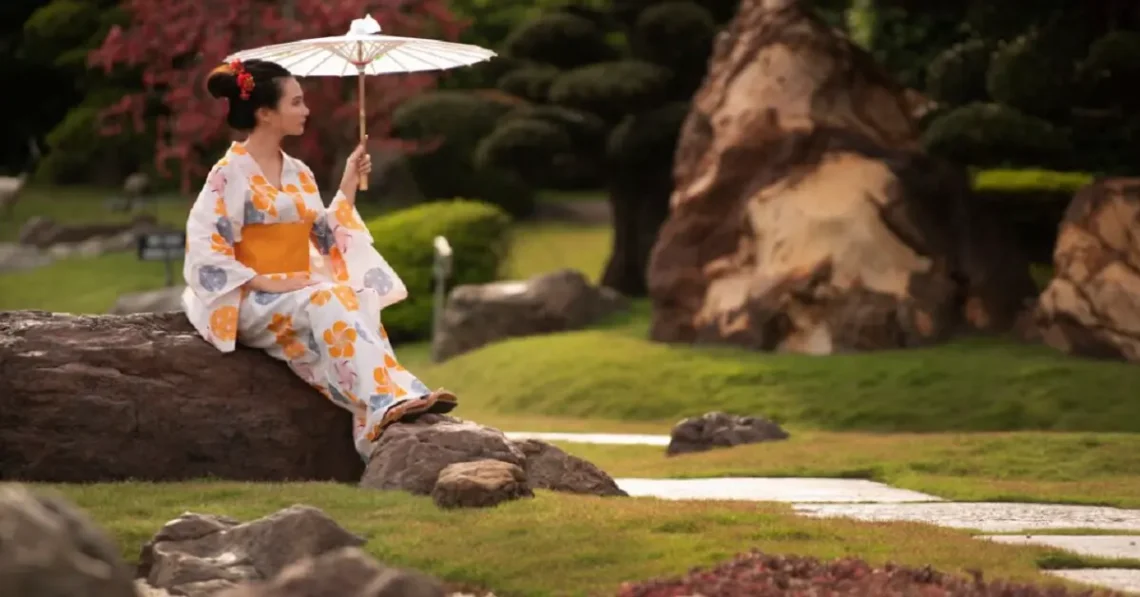Tomoyoahuta, a traditional Japanese celebration, holds a significant place in the hearts of the Japanese people. This article delves into the origins, cultural importance, regional variations, and contemporary relevance of Tomoyoahuta, shedding light on its enduring legacy.
Origins and Background
Tomoyoahuta, originating from ancient Japanese customs, is deeply rooted in the country’s rich cultural heritage. The term itself translates to “festive fire,” signifying the celebratory nature of the event. Historically, Tomoyoahuta was observed to mark various occasions, including harvest festivals, religious ceremonies, and community gatherings.
Tomoyoahuta’s Cultural Significance
Traditional Practices and Rituals
The essence of Tomoyoahuta lies in its traditional practices and rituals, which have been passed down through generations. Participants engage in ceremonial dances, offering prayers for prosperity, good fortune, and abundant harvests. Bonfires illuminate the night sky, symbolizing the purification of the spirit and the renewal of life.
Influence on Modern Society
Despite the modernization of Japan, Tomoyoahuta continues to hold cultural significance. It serves as a reminder of Japan’s spiritual connection to nature and its reverence for tradition. Many communities across Japan actively preserve and promote the customs associated with Tomoyoahuta, ensuring its legacy endures for future generations.
Tomoyoahuta in Contemporary Context
Celebrations and Festivities
In contemporary Japan, Tomoyoahuta is celebrated with great zeal and enthusiasm. Local communities organize vibrant festivals featuring traditional music, dance performances, and delicious cuisine. Families gather around bonfires, sharing stories and laughter, fostering a sense of unity and belonging.
Art and Literature
The influence of Tomoyoahuta extends beyond festivities, permeating various forms of art and literature. Poets, artists, and authors draw inspiration from the mystique and symbolism of Tomoyoahuta, incorporating its motifs into their works. Through paintings, poems, and novels, Tomoyoahuta continues to captivate audiences worldwide.
Regional Variations
While the essence of Tomoyoahuta remains consistent, regional variations add depth and diversity to the celebration. Different provinces across Japan infuse their unique customs and traditions into the festivities, resulting in a rich tapestry of cultural expressions. From Hokkaido to Okinawa, each region offers a distinct interpretation of Tomoyoahuta, reflecting the local heritage and customs.
The Role of Tomoyoahuta in Japanese Tourism
Tomoyoahuta plays a pivotal role in attracting tourists to Japan, offering visitors a glimpse into the country’s vibrant cultural landscape. Travelers from around the globe flock to witness the spectacle of Tomoyoahuta festivals, immersing themselves in the sights, sounds, and flavors of Japanese tradition. The tourism industry benefits immensely from the influx of visitors, contributing to the local economy and promoting cross-cultural exchange.
Impact on Local Economy
The economic impact of Tomoyoahuta extends beyond tourism, stimulating growth and development in rural communities. Local businesses thrive during festival seasons, offering a range of products and services to cater to the influx of visitors. Artisans, farmers, and craftsmen showcase their talents, generating revenue and employment opportunities.
Tomoyoahuta and Global Awareness
In an increasingly interconnected world, Tomoyoahuta serves as a cultural ambassador, raising awareness about Japan’s rich heritage and traditions. Through social media, documentaries, and cultural exchanges, the essence of Tomoyoahuta reaches audiences far and wide, fostering appreciation and respect for Japanese culture.
Preservation Efforts and Challenges
While Tomoyoahuta enjoys widespread popularity, efforts to preserve its authenticity face challenges in the modern era. Urbanization, changing demographics, and environmental concerns pose threats to traditional practices and rituals associated with Tomoyoahuta. However, dedicated efforts by cultural organizations, government initiatives, and grassroots movements aim to safeguard and promote the legacy of Tomoyoahuta for future generations.
Conclusion
In conclusion, Tomoyoahuta stands as a testament to Japan’s cultural heritage and resilience. Despite the passage of time and the winds of change, the spirit of Tomoyoahuta continues to burn brightly, illuminating the hearts and minds of the Japanese people. Through celebration, reflection, and community, Tomoyoahuta bridges the past with the present, ensuring that its legacy endures for generations to come.





